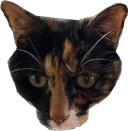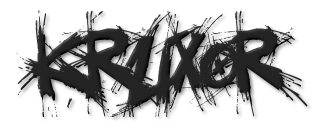notice: please create a custom view template for the views class view-views.html
12:31 am, January 22, 2024
adding background blur to an image using css fill screen
adding background blur to an image using css fill screen
linked_class
code
linked_uid
ac8lT
views
105
week_num
4
month_num
1
year_num
24
id: 153786
uid: 2z4xb
insdate: 2024-01-22 00:31:46
title: adding background blur to an image using css fill screen
additional:
category:
linked_class: code
linked_uid: ac8lT
views: 105
week_num: 4
month_num: 1
year_num: 24


